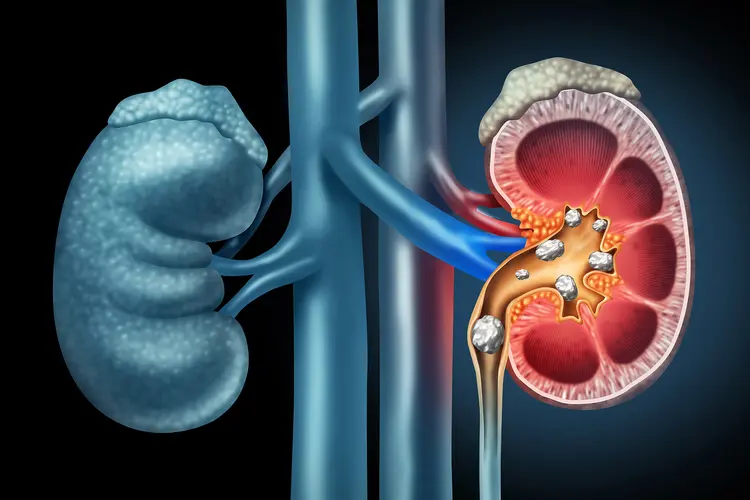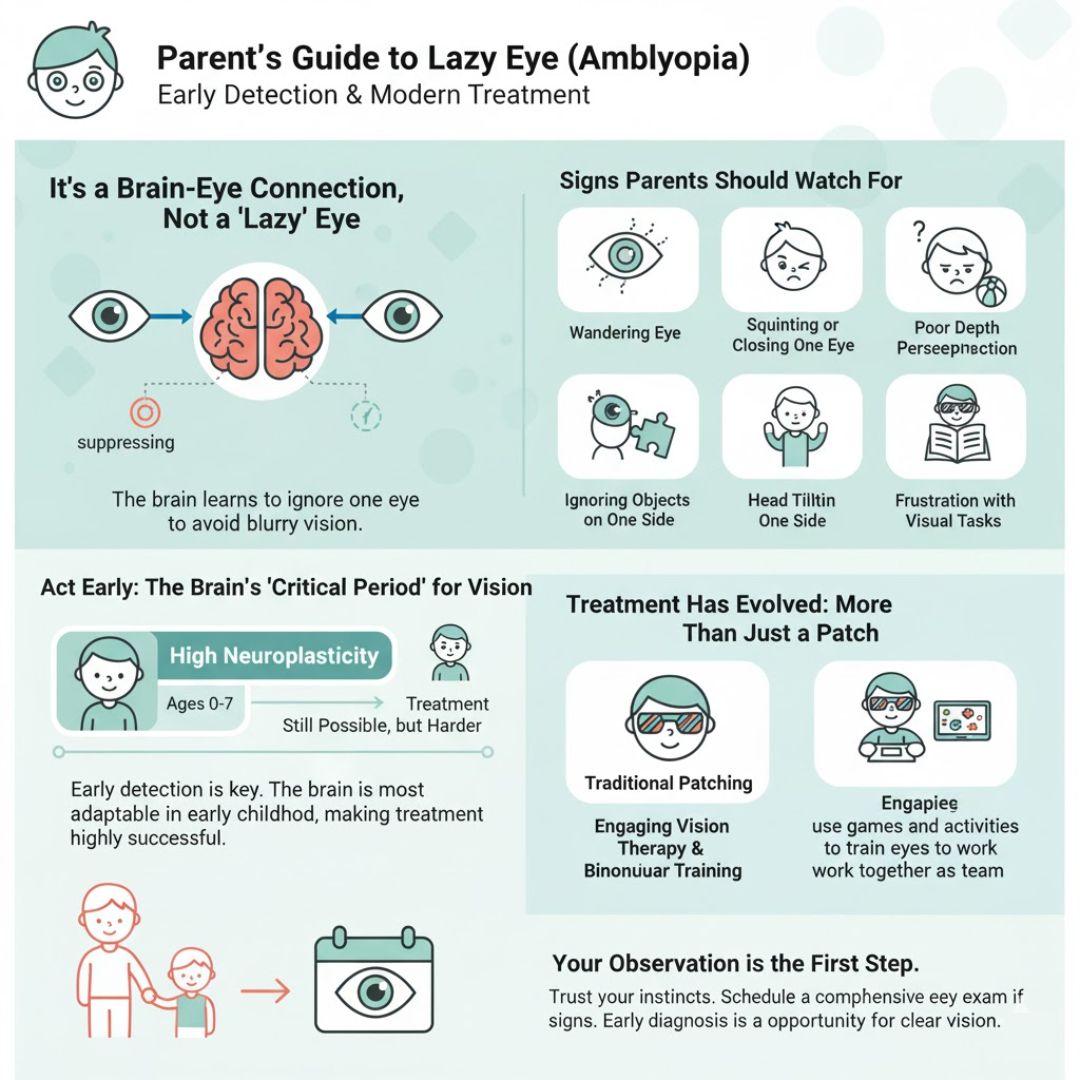Kidney stones are a painful and common health issue affecting millions worldwide. Among the different types of stones, kidney stones calcium oxalate are the most prevalent, accounting for about 70–80% of all cases. These stones form when calcium binds with oxalate in the urine, creating crystals that may grow into hard deposits inside the kidneys. If left untreated, they can cause severe pain, urinary blockages, and long-term kidney damage. Understanding why they form, how to manage them, and the best treatment options is key to protecting your kidney health.
What Are Calcium Oxalate Stones?
Calcium oxalate stones develop when there is too much oxalate or calcium in your urine, or when your urine volume is too low to dilute them. Normally, urine contains natural inhibitors that prevent crystals from sticking together, but in some people, these protective mechanisms don’t work effectively.
Oxalate is a natural substance found in many foods, such as spinach, nuts, tea, and chocolate. When your body absorbs excess oxalate, it can bind with calcium in the kidneys, forming crystals. Over time, these crystals may grow larger and turn into stones.
Common Causes and Risk Factors
There isn’t a single reason why kidney stones calcium oxalate develop, but rather a combination of factors:
- Dehydration: Not drinking enough water increases the concentration of minerals in the urine.
- Diet: High oxalate foods, excessive salt, and too much animal protein can raise the risk.
- Genetics: A family history of kidney stones increases your chances.
- Medical conditions: Digestive diseases, obesity, diabetes, and metabolic issues contribute to stone formation.
- Low calcium intake: Surprisingly, not getting enough calcium from food can increase oxalate absorption, leading to more stone risk.
Symptoms of Kidney Stones Calcium Oxalate
The symptoms often appear when a stone moves into the ureter, causing intense pain and urinary problems. Common signs include:
- Sharp pain in the back, side, or lower abdomen
- Pain that radiates to the groin
- Blood in the urine (hematuria)
- Frequent urge to urinate
- Cloudy or foul-smelling urine
- Nausea and vomiting if the pain is severe
If you experience these symptoms, it’s crucial to consult a doctor promptly.
Diagnosis of Calcium Oxalate Stones
Doctors may use several tests to confirm the presence of calcium oxalate stones:
- Imaging tests: CT scans, X-rays, or ultrasounds detect stones and their size.
- Urine tests: Check for mineral levels, oxalate, and inhibitors.
- Blood tests: Assess kidney function and check for metabolic imbalances.
These tests help doctors recommend the right treatment approach.
Treatment Options for Calcium Oxalate Stones
The treatment of kidney stones calcium oxalate depends on the size, location, and severity of the stone. Options include:
- Increased Fluid Intake
Drinking 2–3 liters of water daily can help flush out smaller stones naturally. Staying hydrated also prevents new stones from forming. - Medications
Doctors may prescribe pain relievers, alpha-blockers to relax ureter muscles, or thiazide diuretics to reduce calcium in urine. Potassium citrate may also be used to reduce stone formation. - Extracorporeal Shock Wave Lithotripsy (ESWL)
This non-invasive procedure uses sound waves to break stones into smaller pieces that can pass through urine more easily. - Ureteroscopy
A thin scope is passed through the urethra and bladder into the ureter to locate and remove the stone. - Percutaneous Nephrolithotomy (PCNL)
For larger stones, a small incision is made in the back to remove the stone directly from the kidney. - Natural and Preventive Approaches
Alongside medical treatments, natural supplements and dietary changes can help reduce the recurrence of calcium oxalate stones.
Preventing Kidney Stones Calcium Oxalate
Prevention is always better than treatment. You can lower your risk by:
- Staying hydrated: Aim for clear, pale urine daily.
- Balancing calcium intake: Get calcium from foods rather than supplements.
- Limiting high-oxalate foods: Reduce spinach, beets, and nuts while pairing them with calcium-rich foods.
- Lowering salt and animal protein intake: Excessive sodium and protein can raise stone risk.
- Adding citrate-rich foods: Lemon juice and citrus fruits help prevent stone formation.
Living With and Managing Kidney Stones
If you’ve had kidney stones calcium oxalate before, your risk of recurrence is higher. Regular follow-ups, lifestyle adjustments, and preventive strategies are essential. Many patients benefit from specialized supplements designed to target calcium oxalate crystals, helping reduce stone recurrence.
Final Thoughts
Kidney stones calcium oxalate are the most common type of kidney stone, and they can cause intense pain and complications if untreated. Fortunately, with proper diagnosis, medical treatments, and preventive care, you can manage the condition effectively and reduce the chances of recurrence. Staying hydrated, adjusting your diet, and following your doctor’s advice are the best ways to protect your kidneys.
For more information on calcium oxalate stones and available treatment options, visit KidneyCop.



